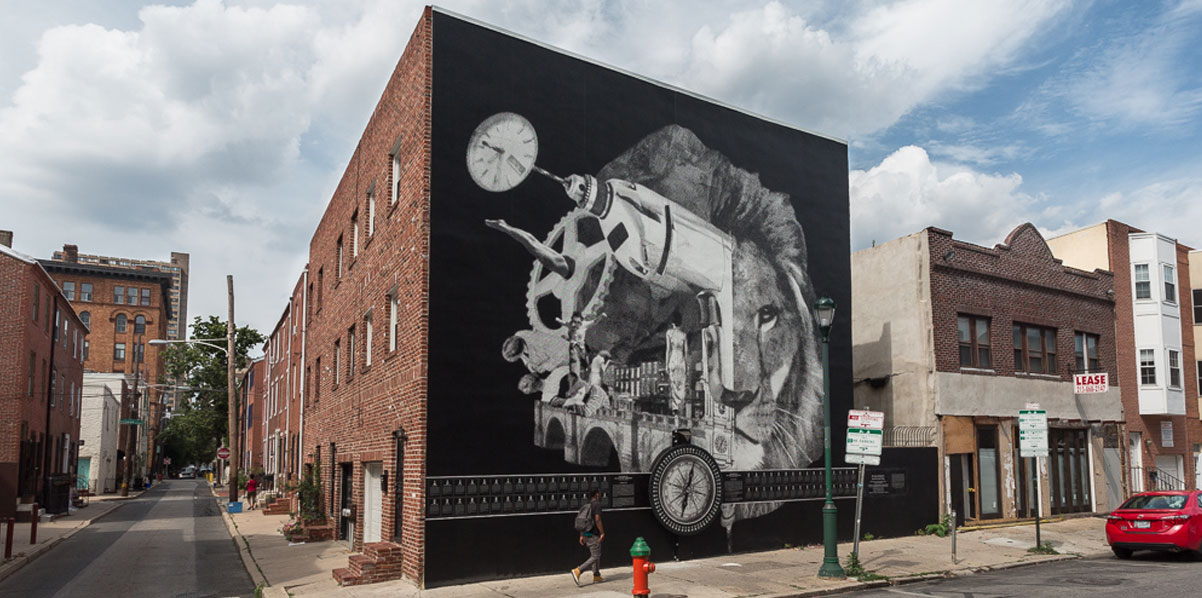A problem exists: public art is often critiqued using gallery-art standards. These standards do not consider the changing social and physical contexts of the public realm, which heavily influence the impact of a work. Thus, new methods of critique must be investigated to critically, fairly, and effectively evaluate public art.
for public art, controversy shouldn’t necessarily mean success.
The article “Responsible Criticism: Evaluating Public Art,” written for Sculpture in 2003 by art historian Harriet Senie, puts this problem into context. Many of Senie’s suggestions are worthwhile, but others construe public art into what it is not—art curated for a museum or gallery. Two of these misguided suggestions deserve our attention.
Misguided Statement #1: Controversy means success
According to Senie, “public art attracts critical attention only when it is the subject of controversy.” This has historically been the case witha variety of pieces, such as with Seward Johnson's Forever Marilyn.
Writer Heba Hasan points out that this sculpture was criticized for its anti-feminist connotations and vandalized numerous times, and notes that “the monument didn’t exactly reflect the city’s character or engage positively with its community” (2012).
We face an unfortunate future if public art needs to attract negative attention to foster intellectual engagement. Where art is concerned, attention of some kind is appreciated whether or not your venue has walls. But as the positive press reviews for Candy Chang’sThe Atlas of Tomorrow (pictured above)demonstrates: for public art, controversy shouldn’t necessarily mean success.
Misguided Statement #2: Politics and philosophy are nonessential
In her article for Sculpture, Senie also argues in favor of using the term audience instead of public. She asserts that public implies a larger political or philosophical concept, whereas audience directs attention to the immediate passersby of an installation or intervention—those for whom it was created. Senie’s preference for the term audience is problematic. It clashes with the reality that when someone encounters public art, they are not a passive spectator, but cast as a protagonist.
This could mean that the values and history of the individual’s community are represented in the work. It could also mean that his or her participation is required to bring the work to life. In either case, the individual who encounters the work is in some way empowered. He or she comes to stand—politically as well as philosophically—for the larger public for whom the work was designed.
To justify this interpretation of “Responsible Criticism” as one way to read public art reviews more critically, we need to answer the question what is public art.
Drawing from participatory movements in art history
One possible way to configure a working definition of public art is to trace some of its roots back to the Situationists International,an avant-garde movement of artists, intellectuals, and political theorists that rose to prominence between 1957 and 1972. The Situationists denounced advanced capitalism along with its commoditized objects and spaces. They advocated instead for directly lived experiences that could facilitate social interaction.
Speaking of the ways that the Situationists artfully diverted the inaccessible features of urban space, Professor of Architectural and Urban History Simon Sadler writes:
Each constructed situation would provide a decor and ambiance of such power that it would stimulate new sorts of behaviour, a glimpse into an improved future social life based upon human encounter and play [...] It would clearly be some form of performance, one that would treat all space as performance space and all people as performers. (Sadler 1998, 105)
This description highlights some worthy measures of success for public art:
- an appeal to aesthetics
- the improvement of social conditions
- the activation of human agency
Public art that upholds these qualities has likely been designed with the community in mind, and it deserves a stamp of approval.
Thinking of ‘good’ public art as enabling the public to act in particular ways brings to mind a notion of art that is tied to civic engagement. For civic engagement or civically-minded interaction to happen effectively, public art and the space where it's installed needs to be accessible.
Accessible, communal spaces admit or afford particular sets of habits. Many of these habits follow democratic rights such as the freedom of speech or assembly, making public art inseparable from politics. If public art is so controversial as to inhibit any of these rights, it is frankly ‘bad public art.’ No matter how much critical attention it attracts.
All this considered, there's an advantage in learning to be wary of reviews that use artworld standards to assess public art. Rather than see it as a subset of the classical art institution, we now have a critical insight to regard public art for what it really is: the interdisciplinary space between aesthetics and civic engagement.



